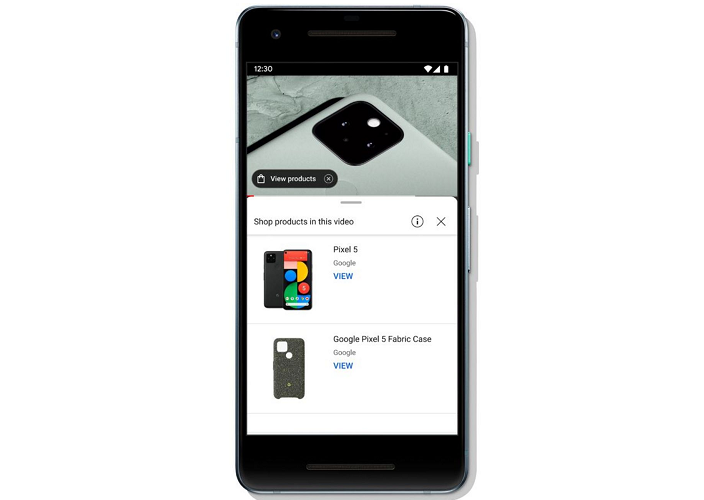YouTube is testing a feature that will automatically detect products used in videos, a move that will open up new opportunitires to advertisers.
The new feature on YouTube is currently visible to people watching videos on the platform in the US. Users will see these products in between the recommended videos.
As part of one of YouTube’s latest experiments, the detection system was rolled out as an experiment to YouTube viewers in the US on March 22, and will initially be used to display a list of related products below the video.
As the YouTube Help page explains, “We are experimenting with a new feature that displays a list of products detected in some videos, as well as related products. The feature will appear in between the recommended videos, to viewers scrolling below the video player. The goal is to help people explore more videos and information about those products on YouTube. This feature will be visible to people watching videos in the US.”
The benefits of this feature are potentially huge for both Google and its advertising partners. Advertisers should gain access to a finer level of control over which of their products are displayed based on the specific products contained in each video. It’s no longer a case of relying on the title, tags, and description.
For Google, as well as getting their cut of any products purchased via a YouTube listing, this is going to make its advertising business more effective and therefore successful.
At the same time, the video recommendation system will be more nuanced and able to better target individual viewers, ultimately keeping them clicking and watching for longer.
Mary Keane-Dawson, Group CEO of TAKUMI, said: “The introduction of new technology to YouTube which can detect items shown in videos and generate a list of related products to buy could be an industry gamechanger. YouTube is the home of tutorials and reviews, where consumers are seeking more information about a product. If trials of the technology are successful, the feature could transform digital marketing, improving the ecommerce credentials of YouTube by removing a step or friction at the very point of active consideration.
“The trial also represents a boon for influencers and marketers operating in the space, especially when you consider that over a quarter of consumers have been influenced to buy a product or service promoted by creators on YouTube, according to TAKUMI’s whitepaper, The realities of influencer marketing: TikTok and YouTube in focus.
“The boundaries between traditional and social media marketing have been blurring for years – a trend accelerated by the popularisation of online shopping since the start of the pandemic. For example, TikTok recently announced a collaboration with Shopify and Instagram redesigned its homepage to promote its shopping tab. With YouTube now launching its own technological development to commercialise social content in a more user-friendly way, we expect brands to emerge from the pandemic with a new marketing mentality. Influencers and social media platforms could now be prioritised at the expense of traditional advertising channels, as the monetisation opportunities and measurement capabilities continue to improve.”

